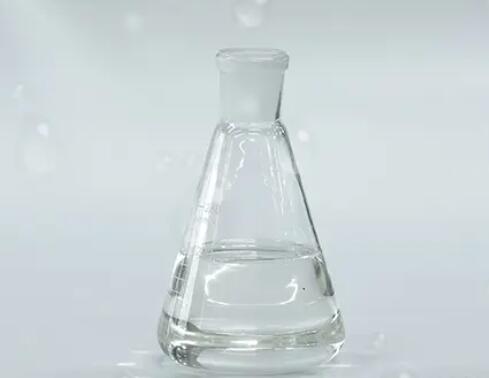What types of plasticizers are there and what properties should they have to meet the requirements?
In recent years, due to the rapid development of plasticizers, the types of plasticizers have gradually increased, but the quality of plasticizers is also uneven. So what are the types of plasticizers? What kind of performance should a good plasticizer have?
Plasticizers can be divided into the following categories according to their chemical structure:
- Phthalates (DOP, DBP).
- Aliphatic dibasic acid esters (dioctyl adipate DOA, dioctyl sebacate DOS).
- Phosphates (tricresyl phosphate TCP, diphenyl phosphate CDP).
- Epoxides (epoxidized soybean oil, epoxy butyl ester).
- Polymeric plasticizers (propylene glycol adipate polyester).
- Dioctyl terephthalate (DOTP)
- Benzene polyesters, chlorinated plasticizers, alkyl sulfonates, polyacid esters and other plasticizers.

What performance should a high-quality plasticizer have?
- Good compatibility with resin.
- High plasticization efficiency.
- Good volatility and low migration.
- Resistant to water, oil and organic solvent extraction.
- Good low temperature resistance, good flame retardancy and good electrical insulation.
- Colorless, odorless, non-toxic and environmentally friendly.
- Good mildew resistance and good pollution resistance.
- The plastic paste has good viscosity stability and low price.
-
Benefits of DOA Plasticizer
-
What are the ingredients of environmentally friendly plasticizers?
-
Analysis of the effects of using environmentally friendly plasticizers
-
What is the difference between DOP and DOTP?
-
The importance of plasticizers in industrial production
-
Choose the right plasticizer to make plastic tougher!